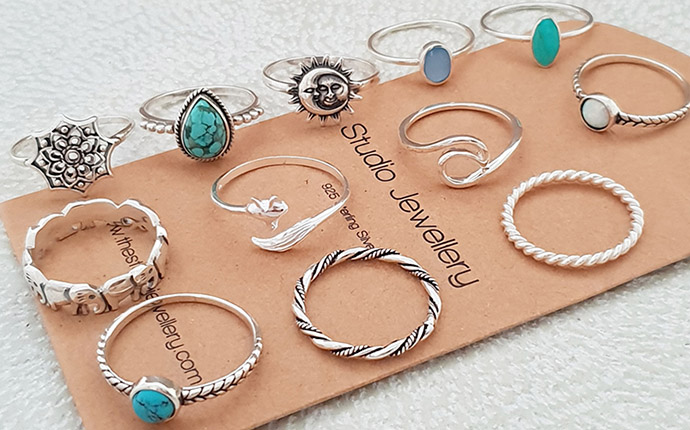According to Webster, M., "The word anthropology dates back to the late 16th century, but it was not until the 19th century that it was applied to the academic discipline that now bears its name. In the United States, this field of study is typically divided into four distinct branches: physical (or biological) anthropology, archaeology, cultural (or social) anthropology, and linguistic anthropology". My focus will be on the cultural (or social) anthropology.
Below is the list of anthropological milestones of a Xhosa man. I will be explaining their definitions in detail in the paragraphs that follow:
Izibulo: The first-born child of a married couple, either a boy or a girl.
Inkulu: Is the first-born boy child, the inheritor, even if born after girls.
Inkwenkwe: a boy. Herding livestock play clay oxen, stick fighting.
Umkhwetha: initiate, learns respect, and ways to honor ancestors.
Ikrwala: homecoming, small unimportant man, wears red ocher.
Umfana: a warrior.
Unomgcana: married man.



































